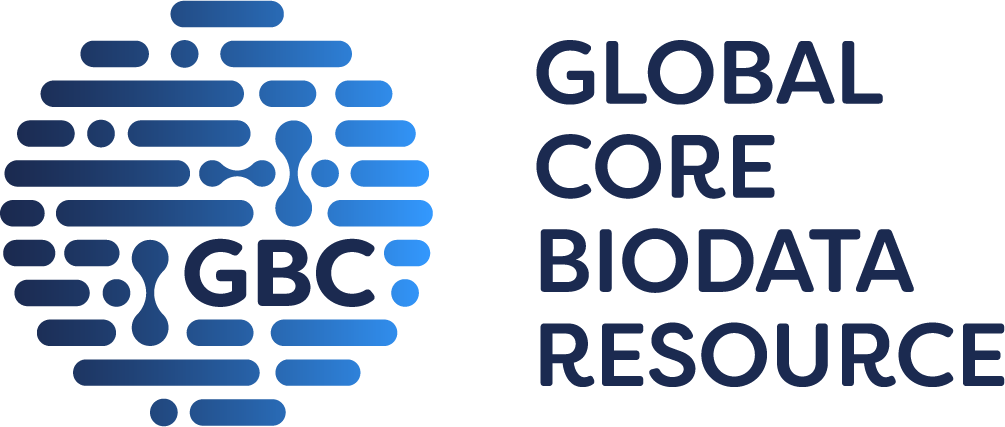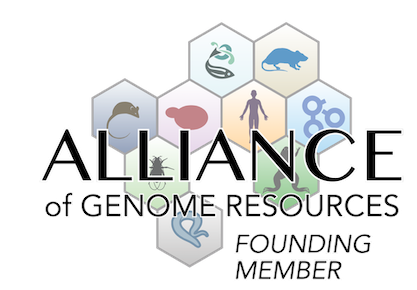mortality/aging
|
• at E18.5, homozygotes are present at reduced frequencies, suggesting that some mutants, esp. those with a cauliflower-like mass on the face or a cone-shaped head mass with exencephalus die prenatally, possibly due to secondary effects such as hydrocephalus
• however, at E11.5 to E16.5, homozygotes are viable, of normal size, and present at the expected Mendelian ratios
|
|
• most homozygotes are found dead at birth or die within 12 hrs after birth, possibly due to the mechanical disruption of brain masses during delivery
|
|
• 3 out of 190 homozygotes exhibiting ectopic forebrain masses on the forehead survive until 10 days after birth
|
craniofacial
|
• at >E12.5, most homozygotes exhibit craniofacial anomalies including: (i) ectopic forebrain masses on the forehead (least severe); (ii) a cauliflower-like mass on the face; and (iii) a cone-shaped head mass with exencephalus
• these three phenotypes are detected at similar frequencies, irrespective of genetic background
|
|
• at >E12.5, a portion of homozygotes display ectopic forebrain protrusions on the forehead, with a thickened mitotic ventricular zone
• in newborn homozygotes, such forebrain masses are both hemorrhagic and necrotic
|
|
• at >E12.5, a portion of homozygotes display a cauliflower-like mass on the face, which is histologically identifed as forebrain tissue
|
|
• at >E12.5, a portion of homozygotes display a cone-shaped head mass and exencephalus
|
|
• at >E12.5, homozygotes with a cauliflower-like mass on the face exhibit an abnormally small, flat head
|
skeleton
|
• at >E12.5, a portion of homozygotes display ectopic forebrain protrusions on the forehead, with a thickened mitotic ventricular zone
• in newborn homozygotes, such forebrain masses are both hemorrhagic and necrotic
|
nervous system
hydrocephaly
(
J:49841
)
|
• at >E12.5, homozygotes with a cauliflower-like mass on the face exhibit significant hyperplasia of the choroid plexus
|
|
• at >E12.5, homozygotes with a cauliflower-like mass on the face exhibit occlusion of the third ventricle
|
|
• at >E12.5, homozygotes with a cauliflower-like mass on the face exhibit a wedge-shaped deformity of the hypothalamus
|
|
• at >E12.5, homozygotes with a cauliflower-like mass on the face contain supernumerary hypothalamic cells, with increased mitotic activity noted up to E16.5
|
|
• at >E12.5, homozygotes with a cauliflower-like mass on the face exhibit a wedge-shaped deformity of the thalamus
|
|
• at >E12.5, homozygotes with a cauliflower-like mass on the face contain supernumerary thalamic cells, with increased mitotic activity noted up to E16.5
|
|
• at >E12.5, homozygotes with a cauliflower-like mass on the face exhibit thickening of the cortex despite a normal layering pattern
|
|
• at >E12.5, homozygotes with a cone-shaped head mass and exencephay display a significantly enlarged hindbrain
|
exencephaly
(
J:49841
)
|
• at >E12.5, homozygotes with a cone-shaped head mass exhibit exencephay, with ectopic protrusions resulting from overgrown thalamic areas
|
cellular
|
• ES cells, embryonic fibroblasts, and thymocytes isolated from homozygous mutant mice show some resistance to various apoptotic stimuli (anisomycin, cisplatinum, etoposide, UV irradiation, gamma-irradiation, or dexamethasone)
• in contrast, thymocytes and activated peripheral T-lymphocytes exhibit normal susceptibility to Fas-mediated cell death
• also, mutant embryonic fibroblasts show normal cytochrome c release in response to etoposide, staurosporine, or UV irradiation
|
|
• at E14.5, homozygotes exhibit significantly reduced apoptosis in the hindbrain, the roof of midbrain, and cortex of forebrain
|
|
• homozygotes show significantly increased BrdU incorporation in affected brain regions, such as in the hindbrain at E12.5, the forebrain at E13.5, and the hyperplastic thalamic areas at E14.5
|
|
• mutant thymocytes are resistant to the loss of mitochondrial transmembrane potential following treatment with dexamethasone, etoposide, staurosporine, or gamma-irradiation; moreover, activation of caspase-2, -3, and -8 is reduced in response to these apoptotic signals
• in contrast, mutant thymocytes exhibit normal loss of mitochondrial transmembrane potential in response to Fas-mediated apoptosis, in the absence of impaired caspase-2, -3, and -8 activation
|
limbs/digits/tail
|
• mutant embryos exhibit poorly shaped digits
|
|
• homozygotes display a delay in removal of interdigital webs of forelimbs at E13.5 (4 out of 16) and of hindlimbs at E14.5 (4 out of 12)
• however, all homozygotes reassume normal digit development and removal of interdigital webs at >E15.5
|
immune system
| N |
• the few homozygotes that survive until 10 days after birth display normal thymocyte development relative to wild-type mice
|
hearing/vestibular/ear
| N |
• at E18.5, homozygotes display a normal morphology of inner ear sensory epithelia relative to wild-type mice
|
growth/size/body
|
• at >E12.5, a portion of homozygotes display a cauliflower-like mass on the face, which is histologically identifed as forebrain tissue
|
|
• at >E12.5, a portion of homozygotes display a cone-shaped head mass and exencephalus
|
|
• at >E12.5, homozygotes with a cauliflower-like mass on the face exhibit an abnormally small, flat head
|
microcephaly
(
J:49841
)
|
• at >E12.5, homozygotes with a cauliflower-like mass on the face exhibit an abnormally small, flat head
|



 Analysis Tools
Analysis Tools